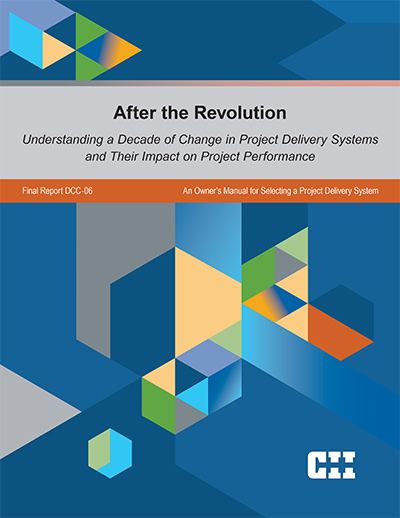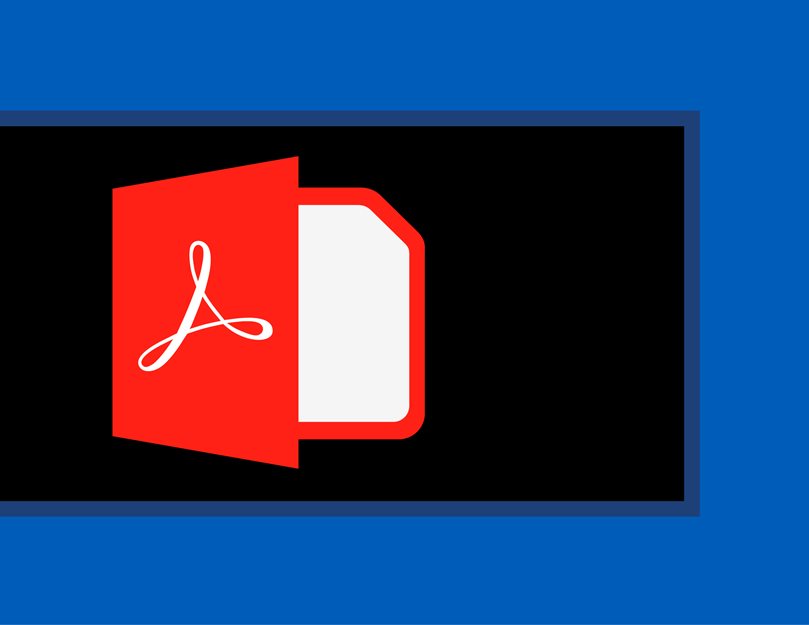
After the Revolution: Understanding a Decade of Change in Project Delivery Systems and Their Impact on Project Performance
This document is a manual for the selection of project delivery systems (PDSs). This decision is by necessity both an early one – the selected PDS informs many of the procedural elements of a project (e.g., contract structure, timelines) – and a critical one – tailoring the selection of PDS to the project’s unique conditions can improve results. This manual is composed of four parts:
- The concept file defines and discusses four principal PDSs to facilitate their understanding, define success, and provide recommendations:
- Design-Bid-Build (DBB)
- Design-Build/Engineer-Procure-Construct (DB/EPC)
- Construction Management (CM)
- Integrated Project Delivery (IPD)
Within these four PDSs, the research team identified 11 subsystems: variants in ways of allocating responsibilities, contracting strategies, and/or relationships among project parties. However, no subsystem fundamentally altered its PDS to such a degree that it became a fifth PDS.
- The decision support tool offers the reader a series of driving statements. Each statement takes the form of a declarative sentence, and this tool offers predictive scores beside each statement to help decision-makers winnow down the PDS options. The team derived these corresponding scores from industry data, but the tool includes instructions to facilitate using company-specific data as well, should the user wish to do so.
- The third section is the subsystem selection tool. Once the decision-maker has selected a principal PDS, this tool helps narrow down the subsystems available for that PDS. Flowcharts modeled on the driving statements in the second section offer a model decision-tree approach to isolating the best combination of potential elements. Users are free to alter this tool to better reflect their needs as time goes on.
- The final section is a performance analysis of the four principal PDSs. To be clear, since each subsystem remains part of its respective PDS, comparing one PDS to another compares all of the subsystems within each PDS to each other within the context of this book. By using a performance metric called the Project Performance Score (PPS), the research team compared the relative performance of PDSs on a variety of projects. IPD was found to be the best-performing on average, followed by CM, DB/EPC, and DBB in that order. The team also performed other comparisons to determine the relative success of each PDS in terms of key performance metrics, including but not limited to cost growth, rework, and schedule growth.
As it studied the performance data presented in the analysis section, the research team was surprised to see the lack of adoption of IPD in the DCC sector, especially given that previous CII research had created the Integrated Industrial Project Delivery (I2PD) framework specifically for this purpose. This team found that the DCC sector has an abundance of projects which are well suited to IPD (as shown by the PDS selection tools in this book) and urges DCC leaders and decision-makers to consider using IPD on future projects.
The team represented the 11 subsystems with “equations” of a sort, which assigned appropriate parties the following five responsibilities of a project:
- Project Management – includes cost control, schedule control, change management, and safety.
- Engineering – includes design detailing, requests for information (RFI) administration, design variations, design administration, and document control.
- Procurement – includes purchasing and scheduling delivery of major equipment and supplies throughout the project.
- Construction Management – includes the day-to-day oversight of the project, scheduling of subcontractors, work sequencing, site risk management, and constructability.
- Construction – includes executing the day-to-day construction of the project.
Thus, as the figure above shows, in Subsystem 1 the owner (O) is responsible for project management, while an EPC firm is responsible for the other four project responsibilities. This is written as “O+EPC” in the context of the report. The following graphic summarizes the 11 equations that resulted from this process.
{^widget|(image)%7e%2fCII%2fmedia%2fPublications%2fpub_images%2fFR-DCC-06_Table2.jpg%3fext%3d.jpg|(name)WatermarkImage|(widget_displayname)WatermarkImage|(width)|(height)^}
As is noted in the report, no subsystem fundamentally altered its PDS to such a degree that it became a fifth PDS (FR-DCC-06, page 23).
Once the user has used the concept file to obtain a clear understanding of the applicability and strengths of each major PDS, the PDS assessment rubric uses a series of driving statements to help the user assess the relative merits of the four principal PDSs.
The research team developed the rubric to show how well each PDS addressed each driving statement by applying the following three-point scale:
| 3 – | Most Appropriate. This PDS has the highest degree of success in achieving the goal of the driving question or statement. |
| 2 – | Somewhat Appropriate. This PDS will permit some objectives of the driving question to be achieved but may not do so as intuitively or as completely as a PDS that scores “3.” |
| 1 – | Least Appropriate. Using this PDS may make it difficult to realize the objective of the driving question. Consider other choices. |
| X – | Does Not Apply. This PDS, due to either its contracting mechanism or other internal factors, does not permit the driving statement to be achieved. This PDS should not be chosen for that application. |
The report provides instructions to facilitate tailoring the rubric to consider the unique circumstances a project may experience.
This figure shows a sample series of driving statements and the PDSs’ corresponding scores (FR-DCC-06, page 15).
Once stakeholders have gained an understanding of which principal PDS to use, the report helps them determine which subsystem of that PDS might best suit their project by applying flowcharts such as the one shown in the figure. With each answer, the user assembles the equation of the best-suited subsystem (FR-DCC-06, page 25).
To quantitative compare project performance under all four principal PDS categories, RT-DCC-06 collected and analyzed 96 projects. The team calculated a Project Performance Score (PPS) for each project by using six factors with standardized definitions, as shown in the figure below (FR-DCC-06, page 41).
The team’s analysis showed that IPD was the best performer in four of the six PPS factors, while CM was the best performer in two. (In the figure below, each best score is shown in boldface, while the worst is italicized.) As a result, the team recommends that the DCC sector consider IPD as a significant option when selecting PDSs for upcoming projects.
RT-DCC-06 created a concept file that defines the four most prevalent PDSs:
- Design-Bid-Build (DBB)
- Design-Build/Engineer-Procure-Construct (DB/EPC)
- Construction Manager at Risk or Construction Manager as Agent (CMR or CMA)
- Integrated Project Delivery (IPD)
The concept file discusses each PDS in turn, providing the following specific information (FR-DCC-06, page 7):
- Definition and description
- Key concepts that distinguish that delivery system from the others
- Indicators of applicability (when to apply)
- Conditions for successful application (how to apply)
- Cautions (what to avoid)
- Definition of success


